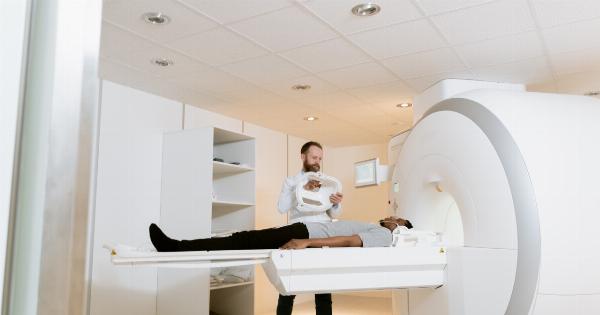Airport security measures have significantly evolved over the years with the introduction of new technologies.
One such technology is the use of X-ray machines to scan luggage and body scanners to ensure the safety of passengers and the prevention of terrorist activities. While these advancements have undoubtedly improved security, concerns have been raised about the potential dangers of airport X-rays to the human body.
Understanding Airport X-Rays
Airport X-ray machines, commonly known as baggage scanners, utilize low-intensity X-rays to create images of the content inside a passenger’s luggage.
These X-rays are non-ionizing, meaning they do not have enough energy to ionize atoms or molecules, making them less harmful compared to other forms of X-rays.
The Risk of Radiation Exposure
Although airport X-rays are deemed relatively safe, repeated and prolonged exposure can potentially pose health risks.
The primary concern lies in the cumulative effects of radiation over time, especially for frequent travelers, airport staff, and pilots who pass through these scanners frequently.
Ionizing vs. Non-Ionizing Radiation
It is important to understand the difference between ionizing and non-ionizing radiation.
Ionizing radiation, such as that from medical X-rays or radioactive materials, has enough energy to remove tightly bound electrons from atoms, which can damage DNA and potentially lead to cancer. Non-ionizing radiation, on the other hand, lacks sufficient energy to cause such damage. Airport X-rays fall into the non-ionizing radiation category.
Health Effects of Non-Ionizing Radiation
While non-ionizing radiation poses less risk than ionizing radiation, it does not mean it is entirely benign. Prolonged exposure to non-ionizing radiation can still have adverse effects on the body.
The most commonly reported health effects associated with non-ionizing radiation include:.
- Thermal Effects
- Electromagnetic Hypersensitivity
- Eye Damage
Thermal Effects
Non-ionizing radiation, such as the one emitted by airport X-ray machines, has the potential to heat body tissues. Although the heat generated is minimal, continuous exposure can lead to thermal effects, including skin burns or tissue damage.
However, the intensity of radiation from airport X-rays is generally considered too low to cause significant thermal effects.
Electromagnetic Hypersensitivity
Some individuals claim to suffer from electromagnetic hypersensitivity (EHS), a condition characterized by various symptoms when exposed to electromagnetic fields.
While scientific evidence supporting EHS remains limited, studies have indicated that exposure to non-ionizing radiation could potentially trigger certain physiological responses in susceptible individuals.
Eye Damage
Among the potential risks associated with airport X-rays, possible eye damage has garnered significant attention.
The eyes are sensitive to radiation, and prolonged exposure to non-ionizing radiation may lead to conditions such as cataracts or other vision-related issues. However, it is worth noting that the intensity of radiation from airport X-rays is significantly lower compared to other known sources of non-ionizing radiation.
Mitigating the Risks
Although the health risks associated with airport X-rays are relatively low, several precautions can help mitigate potential harm:.
- Reducing Exposure
- Wearing Protection
- Alternatives to X-ray Scanning
Reducing Exposure
Frequent travelers, especially airline staff and pilots, should try to reduce their overall exposure to airport X-rays by opting for alternative screening methods whenever possible.
Additionally, passengers should avoid unnecessary trips through these scanners and only pass through them when required.
Wearing Protection
Wearing protective gear, such as lead-based aprons, can help minimize radiation exposure. While these protective measures may not be readily available to the general public, they are widely used by airport personnel who are regularly exposed to X-rays.
Alternatives to X-ray Scanning
Technological advancements have introduced alternative screening methods that do not rely on X-rays. Millimeter-wave scanners, for instance, use radio waves to scan individuals, eliminating concerns about radiation exposure.
These alternatives provide effective security while reducing potential health risks.
The Role of Regulations and Standards
Government regulatory bodies and international organizations play a vital role in ensuring the safety of airport X-ray machines. These entities establish and enforce standards for radiation levels, equipment maintenance, and worker safety.
Compliance with these regulations helps safeguard passengers, airport personnel, and pilots from excessive radiation exposure.
Conclusion
Airport X-ray machines and body scanners have undergone extensive testing and are considered relatively safe for use. The risks associated with airport X-rays are minimal, with non-ionizing radiation being the primary form of exposure.
However, it is still crucial to be aware of potential health effects, particularly for individuals regularly exposed to these scanners. By understanding the risks, taking necessary precautions, and utilizing safer alternatives when available, travelers can navigate airport security with peace of mind.





























